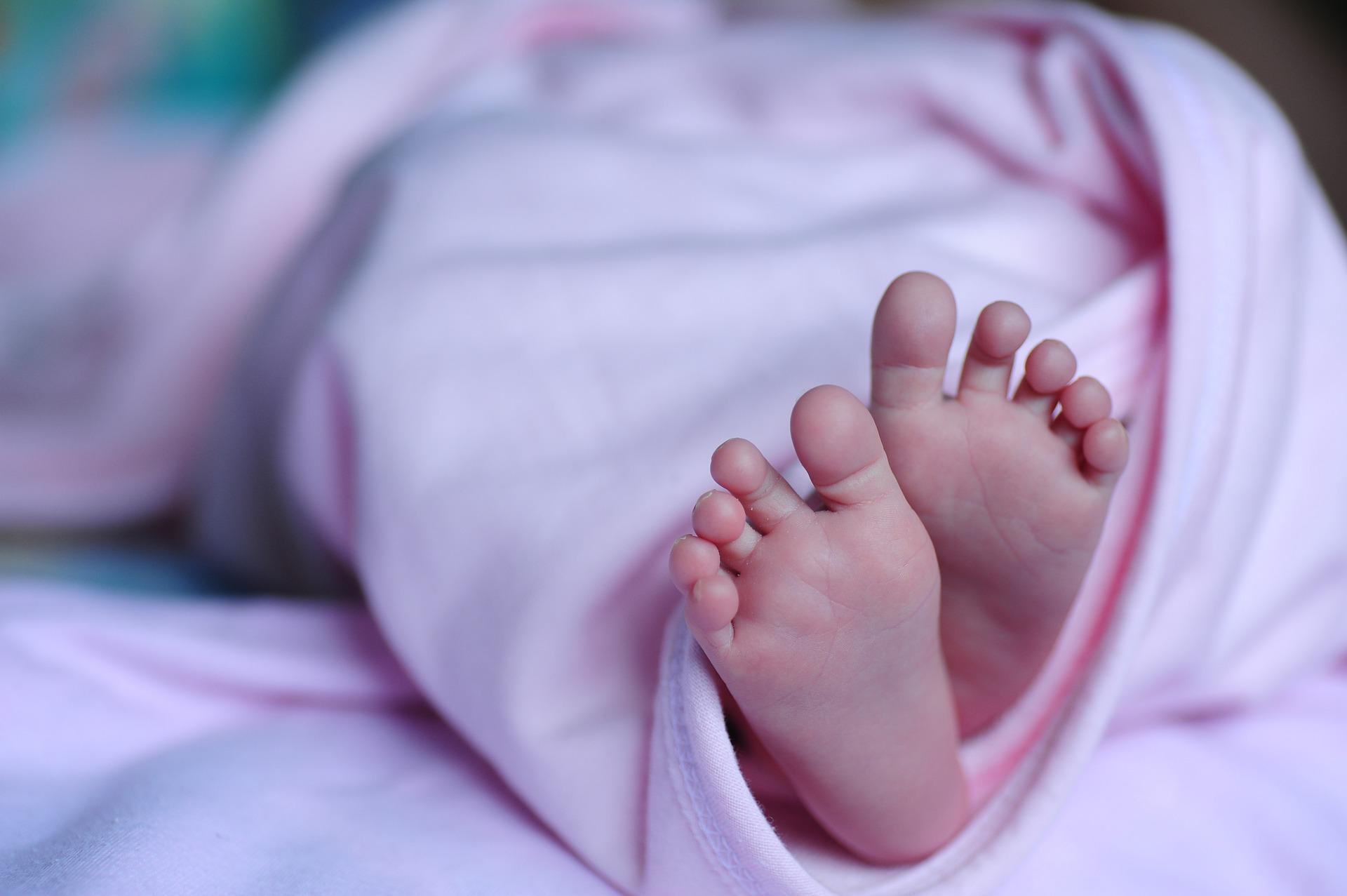- By Calypso Cavallo
- July 10, 2022
- Skin condition, Skincare
- Comments:3
Can beauty products cause milia? Let’s dig into this subject!
There are many skin conditions. Some, such as acne, are widespread and most people know, while others are less known and can be confusing for someone who starts suffering from them.
Milia is one of those skin conditions. What is this skin disease? It is essential to know what is this skin condition to avoid confusing it with another one and to be able to treat it appropriately. Can beauty products cause milia? What can we do to prevent it?
Calypso Cavallo tells you everything you need to know!

What is milia?
Milia is a skin condition causing whiteheads, also known as closed comedones. It is due to trapped cells under the skin’s surface that cannot get naturally exfoliated.
This skin condition is prevalent in newborns and is located on the child’s face. However, it can occur at any time in life. Because of its prevalence in infants, this skin condition is often called baby acne.
However, milia is not a type of acne. The milia-caused comedones never get red or inflamamated, and they are painless. Milia may look similar to other skin conditions early stage.
This skin condition has various causes.
Can beauty products cause milia?
Milia has many causes, and cosmetics are one of them. Some beauty products cause milia, such as the ones containing oil. It applies to non-oil-free makeup removers, rich moisturizers, and heavy sunscreens. Hair mousse, gel, or spray are also known to trigger milia. Makeup may cause this skin condition, especially rich lipsticks or lip balms that often cause milia at the edge of the lips.
However, milia have many more causes than just beauty products. It may be caused by sun damage-induced skin thickness, genetic predispositions, or other skin diseases, such as eczema, dandruff, or rosacea.
Rash or injury may also cause the skin to thicken. The thicker the skin is, the harder it is for the cells to exfoliate correctly, increasing the risk of getting milia.
Milia is more prevalent in individuals with auto-immune disease.
People who start suffering from milia should consult their family doctor or dermatologist to confirm the diagnosis and get personalized advice about what to do to cure it.
In most cause, milia go away by itself after a few weeks or months. Refrain poping the milia whiteheads as it only makes the condition worse. In worst cases, it may cause infections or scars.
How to avoid this skin condition?
The best way to prevent milia is to exfoliate regularly (not too often because it would damage the skin). Salicylic acid, retinol, or alpha hydroxy acid-based products helps to exfoliate the skin gently and prevents milia. However, those products should not be used on babies, as their skin is too sensitive.
Using an SPF-containing product is essential to prevent milia, as, as mentioned before, sun damage causes the skin to be thick, making it more prone to milia.
Maintaining good hygiene, such as practicing face washing twice a day, helps to keep the skin clean and to get rid of dead skin. It may help to avoid milia.
Carefully picking skin care products is always an excellent way to avoid milia. To avoid clogging pores, people with milia-prone skin should ensure their skincare products match their skin needs and are not too heavy or oily.
However, drying out the skin in the hope it will help to avoid milia is not a good idea, as it may trigger other skin conditions, such as sensitivity or dryness.
Good habits help to keep the skin healthy and strong.
